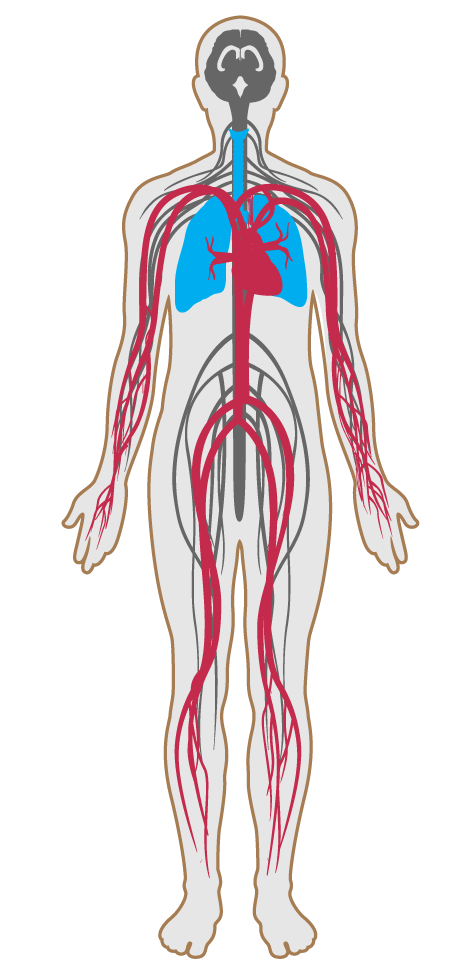Air quality monitoring and feedback
Features/Air/Feature 18
- 01 Air quality standards
- 02 Smoking ban
- 03 Ventilation effectiveness
- 04 VOC reduction
- 05 Air filtration
- 06 Microbe and mold control
- 07 Construction pollution management
- 08 Healthy entrance
- 09 Cleaning protocol
- 10 Pesticide management
- 11 Fundamental material safety
- 12 Moisture management
- 13 Air flush
- 14 Air infiltration management
- 15 Increased ventilation
- 16 Humidity control
- 17 Direct source ventilation
- 18 Air quality monitoring and feedback
- 19 Operable windows
- 20 Outdoor air systems
- 21 Displacement ventilation
- 22 Pest control
- 23 Advanced air purification
- 24 Combustion minimization
- 25 Toxic material reduction
- 26 Enhanced material safety
- 27 Antimicrobial activity for surfaces
- 28 Cleanable environment
- 29 Cleaning equipment
- P9 Advanced cleaning
Air quality monitoring and feedback
Intent:
To monitor and effectively remediate indoor air quality issues and inform building managers and occupants of the quality of the indoor environment.
BACKGROUND
Building performance, such as ventilation and infiltration rates, is highly variable and has a direct effect on indoor air quality. To maintain ideal performance metrics, projects must continuously gather data on building performance. Collecting this data allows individuals to be aware of and promptly fix any deviations in indoor quality metrics.
Monitors measure 2 of the following pollutants in a regularly occupied or common space (minimum one per floor) within the building, at intervals no longer than once an hour (measured at 1.2-1.8 m [4-6 ft] above the floor), and results are annually transmitted to the IWBI:
a.
Particle count (resolution 35,000 counts per m³ [1,000 counts per ft³] or finer) or particle mass (resolution 10 μg/m³ or finer).
b.1
Carbon dioxide (resolution 25 ppm or finer).
c.
Ozone (resolution 10 ppb or finer).
In an effort to consistently meet the WELL parameters, projects provide a written policy specifying:
a.
Detailed enforcement strategies for monitoring and record-keeping of parameters listed in Part 1: Indoor Air Monitoring.
b.
Records are to be kept for a minimum of 3 years, including full data from field inspectors or laboratory results where appropriate.
c.
Detailed plan for action and remediation of unacceptable conditions.
Real-time display of the following indoor environmental parameters are made available per 930 m² [10,000 ft²] of regularly occupied space on a screen no smaller than 15 cm [5.9 inches] by 13 cm [5.1 inches]:
a.
Temperature.
b.
Humidity.
c.
Carbon dioxide concentration.

